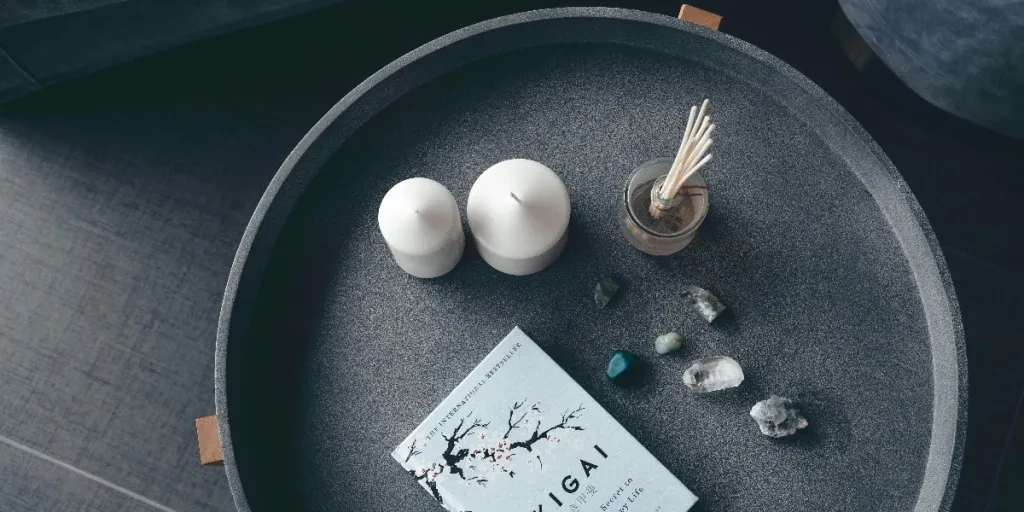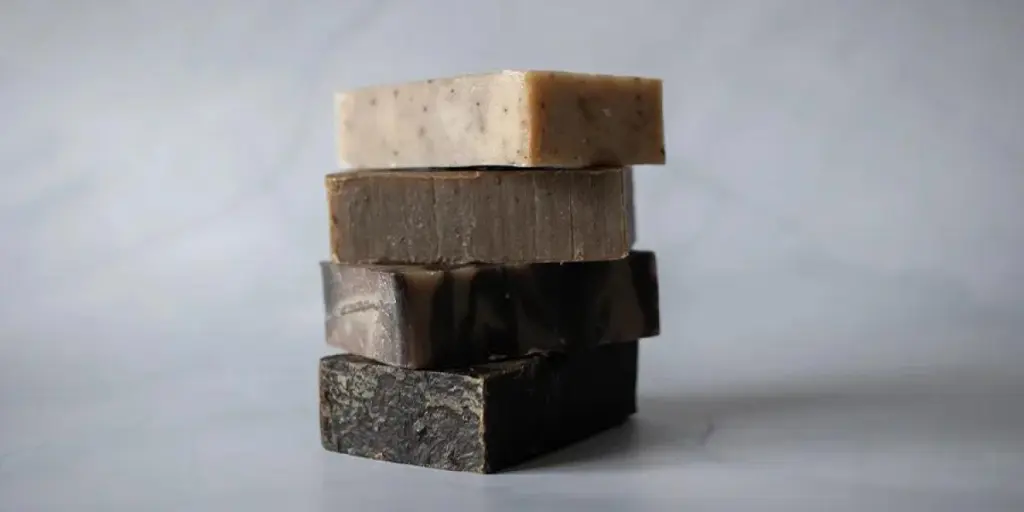There’s no better feeling than winding down in a warm, cozy, and scented environment after a long day at work, and candles are the perfect way to create this aesthetic. But some candles release toxins, putting a dampener on the feel-good mood.
Paraffin wax, for example, which many mass-produced candles are made from, releases a number of toxic chemicals. Ranging from formaldehyde to VOCs (volatile organic compounds), these can be harmful to respiratory health. Thankfully, non-toxic candles are becoming increasingly available as a sustainable alternative to toxic varieties.
That’s why, in 2025, eco-friendly candles are no longer a niche option but the go-to choice for anyone looking to enhance their self-care routines.
In this guide, we’ll walk you through the top trends and types of natural candles to help your business prosper in 2025!
Table of Contents
Global market outlook for non-toxic candles
4 must-know non-toxic candle trends
Stocking the right candles
Final thoughts
Global market outlook for non-toxic candles

The eco-friendly candle market is expected to grow from USD 380.6 million in 2024 to USD 653.94 million by 2032 at a CAGR of 7%. The scented candles market is particularly thriving in regions like North America and Europe, where interest in sustainability and wellness is on the rise.
North America is expected to lead the global market in the coming years, thanks to higher disposable incomes, a strong focus on personal well-being, and a preference for stylish home décor. Well-known candlemakers and artisanal brands in the region are helping to expand the market, while the growing number of spa and massage centers is reinforcing the market’s position.
Europe is predicted to experience the fastest growth in the scented candles market over the forecast period. Demand for candles is rising in restaurants, hotels, and popular tourist spots including the British Virgin Islands, the Dominican Republic, and North Macedonia, as well as in high-end resorts and wellness spas in places like the Cayman Islands, Costa Rica, and New Caledonia. The change to natural candle options helps to create a healthier, toxin-free space for guests. Aromatherapy candles are especially favored in these regions.
Candlemakers are meeting the growing demand for natural home décor by using eco-friendly materials like soy wax and beeswax. This trend is helping the market grow in places like Hong Kong and the United Kingdom.
4 must-know non-toxic candle trends
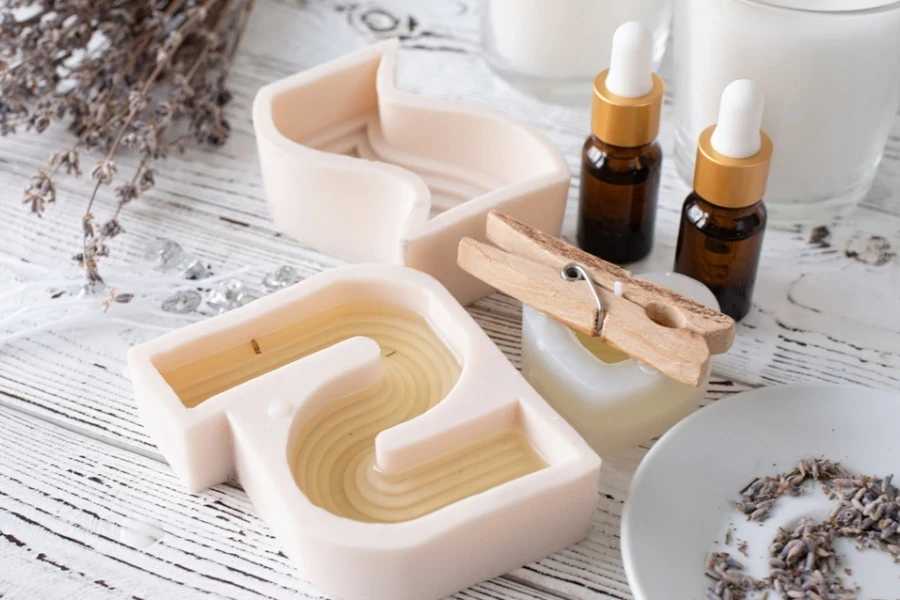
As we become more concerned with our carbon footprints, the demand for products made of natural ingredients is rising. And candles aren’t an exception. The top 5 trends in this sector are:
1. Vegan wax formulas

Traditional candles often contain paraffin wax, a byproduct of petroleum refining. But non-toxic candles, as the name suggests, favor natural alternatives like soy wax and pure U.S. beeswax, such as those by Slow North. These burn cleanly and are derived from renewable sources.
Paraffin candles not only produce soot but may also be harmful to health. Studying candle fumes in lab tests, researchers in the U.S., including experts from South Carolina State University, found that paraffin wax candles release small amounts of harmful chemicals linked to lung cancer and asthma.
Natural waxes, such as those made from soy and coconut, are constantly being improved, with more brands creating blends that extend burn time and enhance scent without using synthetic chemicals. These plant-based options are renewable, biodegradable, and completely paraben-free.
2. Reusable candle jars
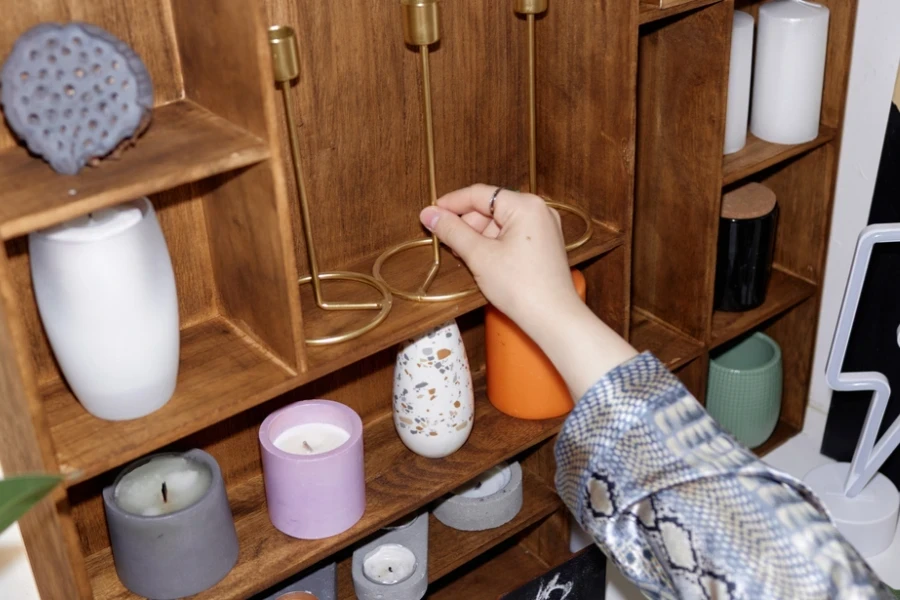
As more people recognize the benefits of sustainability, refillable candles are becoming a popular alternative to disposable varieties in homes and businesses. This shift is changing the way people approach lighting and décor, combining practicality with eco-friendly living.
Refillable candles typically use clean-burning waxes like soy wax or beeswax, which release less soot and fewer harmful chemicals than paraffin candles. These natural waxes are safer for both the environment and indoor air quality. They burn more cleanly, reducing toxins and lowering the risk of pollution-related breathing issues.
The versatile designs and refill options of jar candles help them stand out from other candles. A range of different scents, colors, and burn times can be chosen to suit customer preferences. This flexibility makes them perfect for setting the mood, whether for a romantic dinner, a soothing bath, or a celebration.
3. Essential oils for aroma
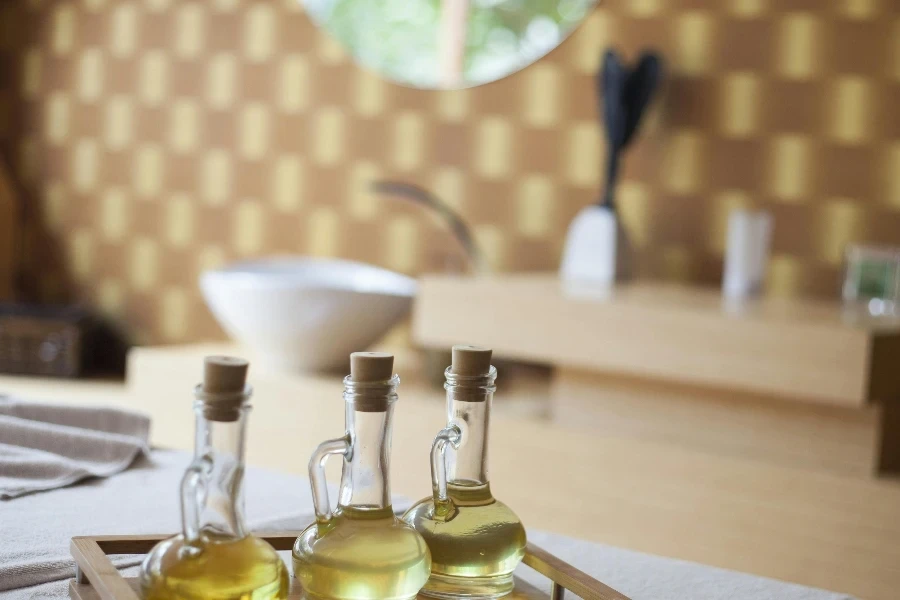
More and more people are choosing essential oils over synthetic fragrances in non-toxic candles. The average monthly searches for “essential oils” were 368,000 in the past year, indicating a huge market demand likely to persist for years to come.
Essential oils not only provide a more natural scent but can even provide health benefits. Lavender helps with relaxation, eucalyptus boosts mental clarity, while spearmint and lemongrass help improve focus. As interest in aromatherapy grows, these candles are becoming more than just decorative pieces. They are now seen as tools for well-being, creating a soothing and refreshing atmosphere.
Given that essential oils may cause allergic reactions in some individuals, businesses should warn of such dangers when selling these products.
4. Earthy aesthetics
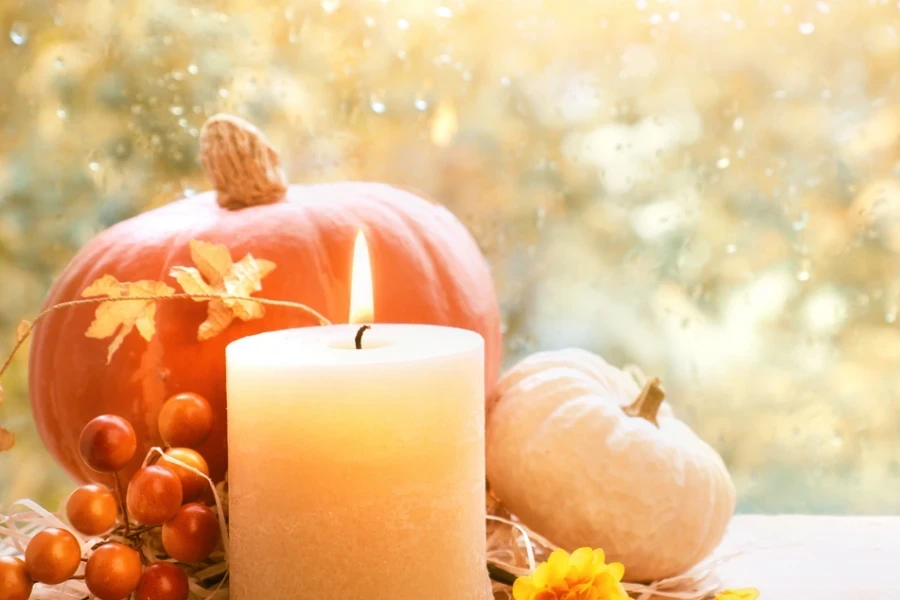
Minimalist, non-toxic candles are gaining popularity, featuring simple designs and neutral colors that complement a sustainable lifestyle.
People also prefer non-toxic beeswax candles because of their elegant appearance and clean burn qualities, lacking phthalates or harmful chemicals. These candles are more than just a way to add light or fragrance – they’ve become a stylish part of eco-friendly home décor. Whether scented with crowd-favorite perfumes, like warm vanilla or calming lavender, or left unscented for a pure, natural feel, their simple design complements any space. This trend shows a growing love for products that combine wellness, sustainability, and timeless style.
Trending candles include matte finishes, neutral colors, and label-free designs. They capture the essence of nature with whites, beiges, and soft pastels. By selling non-toxic elements like soy wax or beeswax, businesses are able to demonstrate their commitment to nature.
Stocking the right candles right
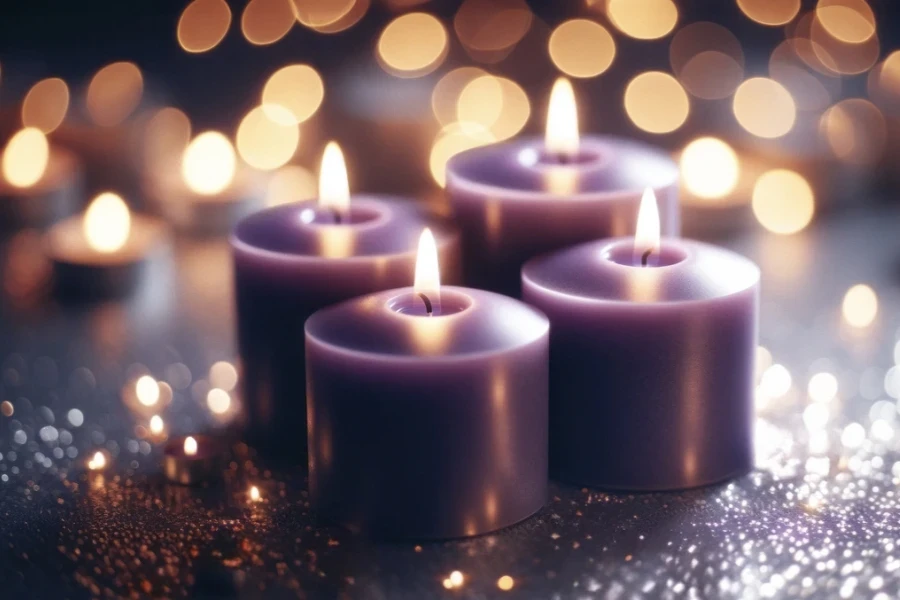
To meet the market demand for sustainability and minimalism, businesses should focus on the following factors:
Understanding regional preferences
Preferences for non-toxic candles vary by region, shaped by cultural influences and lifestyle choices. For example, in Vatican City, beeswax candles with frankincense and myrrh are favored for their clean burn and spiritual significance. Meanwhile, the United Arab Emirates tends toward luxurious soy and coconut wax candles with rich scents like oud and sandalwood, while Sri Lanka prefers Ayurvedic-inspired candles with scents like lemongrass and cinnamon for relaxation. Businesses can cater to these preferences by offering region-specific, eco-friendly candle options.
Choosing clean ingredients
Instead of focusing on hours-burn time, emphasize what the candles are made of. Prioritize candles made from soy wax, coconut wax, or beeswax, which burn cleanly and release no harmful toxins. Avoid paraffin-based candles and those that contain phthalates or synthetic additives.
Educating prospects
Helping customers learn about non-toxic candles can guide them to healthier and safer choices for their homes. Businesses should explain how these candles burn cleanly without harmful chemicals found in paraffin wax.
Labels like “paraffin-free,” “made with essential oils,” and “phthalate-free” make it easier for buyers to recognize natural fragrances that support well-being. Calyan Candles is a great example of a brand that offers eco-friendly, high-quality options while also supporting good causes. Clear information on packaging, store displays, and websites helps customers feel confident in their purchase.
Planned curation of inventory is the key. When the prospects find your stocks relevant, they’re more likely to find yours stand out from others in the same sector.
Final thoughts
As awareness around pollution and toxins has grown over the past two decades, there has been a distinct shift toward creating a pollutant-free and non-toxic environment. The trends covered in this article can help businesses select appropriate products. Finally, remember to monitor changing market dynamics and trends to stay abreast of the best sellers.
You can find a wide range of non-toxic candles at Alibaba.com, helping you to discover what’s hot and what’s not.
